
Published: Last Updated:
Readtime: 6 min
Every product is carefully selected by our editors and experts. If you buy from a link, we may earn a commission. Learn more. For more information on how we test products, click here.
I’ve just spent a week in Tokyo with Fender (y’know, that small-time, guitar-making operation) for its Fender Experience 2025 event: an open-to-the-public celebration of music, design, and artistry, featuring workshops and performances alongside instrument launches like the impressively out there Godzilla collection.
Something that struck me as I wandered around the enormous Fender Flagship Tokyo store, inspecting countless variations of the firm’s iconic instruments across its four floors, is the conflict that’s an intrinsic part of Fender’s identity. As the brand responsible for culture-shaping guitars like the Telecaster, Stratocaster, Jazzmaster, and Jaguar, Fender’s original designs were so good from the outset that for more than 70 years, the California-based instrument maker has been undergoing the process of trying to refine something that was pretty much perfect to begin with.
Finding new ways to improve on these icons of popular music without straying too far from the original vision of legendary founder and engineer Leo Fender is a fine line to walk. However, the new American Professional Classic collection, launched at the Laforet Museum Harajuku, just a few doors up from the Fender Flagship Tokyo boutique, demonstrates why the brand’s internal struggle remains one worth having.

An Essential Tension
Featuring two Stratocasters, two Telecasters, a Jazzmaster, a Jaguar, and a trio of basses in the Precision, Jazz, and Mustang incarnations, the American Professional Classic lineup is a tight collection of instruments that aims to combine timeless Fender styling and tone with a concerted effort to update playability for modern musicians. The result deftly walks that aforementioned line between Fender’s legendary history and the necessity of building a future to match.
Speaking with Patrick Harberd, a Fender veteran of almost 12 years and current senior product development manager, it becomes clear that Fender is acutely aware and even proud of the tension between these two sides of its identity.
Of course, every single Fender employee is attuned to the revered status of instruments like the blonde Telecaster (with a black scratch plate), made iconic by players like Bruce Springsteen and Keith Richards. So it comes as no surprise that Harberd and his team have once again recreated that aesthetic (and others of similar renown) within this range, while simultaneously updating details like the feel of the neck to make these instruments as vital in 2025 as they’ve ever been.

“We talk about this stuff all the time,” reveals Harberd. “You mentioned the Telecaster, and I think the same thing is true of the Strat. Basically, right out of the gate… that was it! There have been iterations and evolutions over the years, but they’re all still built on that same basic platform. It’s something I think about all the time.”
The sheer iconography of Fender is something most brands would kill for, and the new range certainly leans into that, delivering the kind of old-school looks that have been adorning music fans’ walls for generations. While it may seem to those with a more casual interest in these matters that Fender is merely treading water, the truth is the brand is actually giving musicians, from the amateur to the professional, what they want from an aesthetic point of view, which just so happens to have remained more or less unchanged for the best part of 70 years.
“It’s been integrated into musical culture for so long now that it’s just the archetype in our minds,” Harberd explains. “When you see it, you just go, ‘Yes!’ Even if it’s the ten-thousandth blonde Telecaster that you’ve seen. Every time I see it, I’m like, ‘Yeah, that’s the thing.’ It just is what it should be, and what it always has been.”
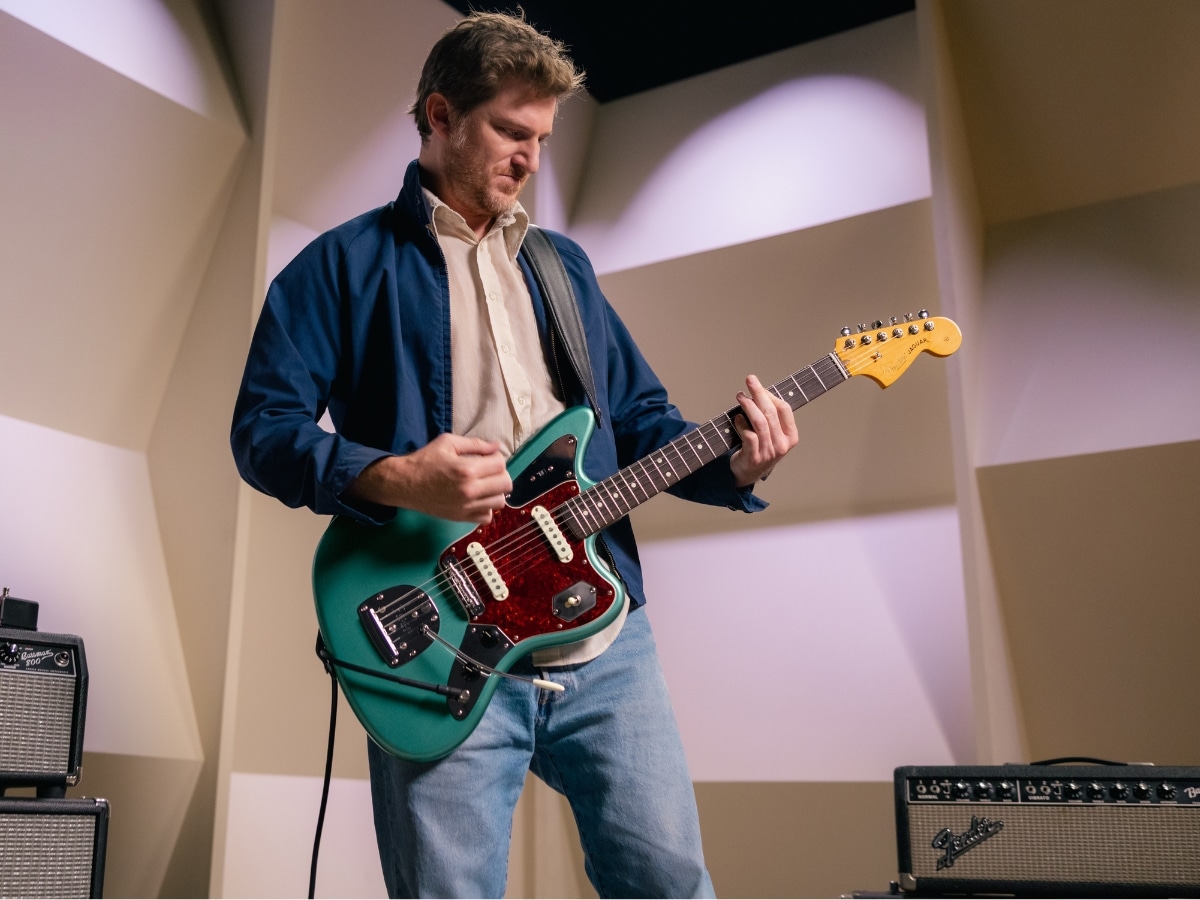
Ageing (Dis)gracefully
When it comes to things being as they should be, a natural part of a guitar’s ageing process sees finishes change over time. As such, enthusiasts have grown accustomed to guitars developing a certain distinguished gravitas as the years and decades pass. However, not everyone has the patience for this. As such, Harberd’s team was tasked with creating a subtle aged effect for the American Professional Classic collection that delivers more immediate gratification for customers searching for that understated, vintage look.
With finishes like Faded Firemist Gold and Faded Sherwood Green Metallic, the team has hit it out of the park, creating instruments that somehow appear both new and yet as if they are in possession of countless stories of stages played and crowds won over.
“There’s something that happens with vintage guitar finishes where they’ll start to age,” Harberd tells me. “You either have the top coat start to yellow over time, or you have the colour coat start to fade as it gets beaten up by UV light. Maybe it’s seen a lot of sunshine over the last 50 or 60 years of its lifespan, or maybe it’s been tucked away in a closet. Those guitars are going to look very different, and so the faded finishes are a nod and homage to that evolution. It’s a new variant on that same classic, beautiful colour.”

Alongside finding novel ways to replicate the look of older guitars, Fender’s new American Professional Classic releases are all about finding the openings for measurable improvement without betraying the underlying classic nature of each instrument.
According to Harberd, the playability was a particular point of focus and has been significantly elevated via some neck and hardware upgrades: “You get your classic maple neck on all the instruments, but you have a satin finish on the back, which is really smooth and easy to move around on. You’ve got a slightly flatter fingerboard radius, so if you’re bending, you won’t be choking out and having dead notes. That’s in conjunction with some slightly larger, medium-jumbo frets on these instruments. So it’s just a really nice playing neck shape with a slightly more modern fingerboard radius and frets.
“As far as the hardware goes, there’s just some nice quality-of-life upgrades across the board, from the wider range of travel on the Stratocasters’ tremolo, to the Teles’ slotted saddles delivering consistent string spacing on the instruments. It’s just simple but really powerful tweaks to the hardware to make them more functional, consistent, and just a better playing.”

Having tried several of the instruments out for myself, I have no qualms in saying that Fender has absolutely succeeded in producing a collection of instruments that handily delivers both the visual element we’ve come to expect and a playing experience both approachable for newcomers and immensely rewarding for seasoned musicians.
The American Professional Classic is yet another handsome feather in Fender’s cap, presenting an appealing proposition that, quite simply, should only further cement the brand’s well-deserved position as the number one guitar maker in the world.




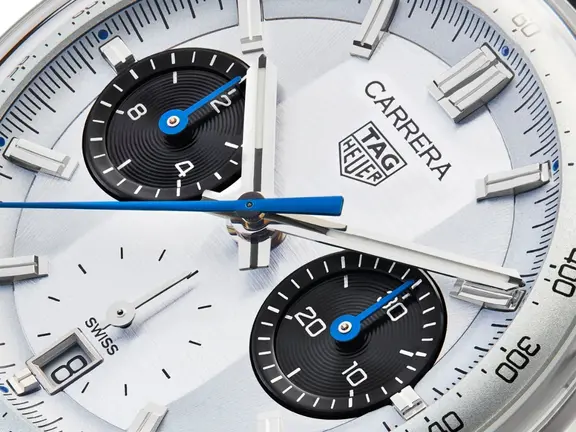








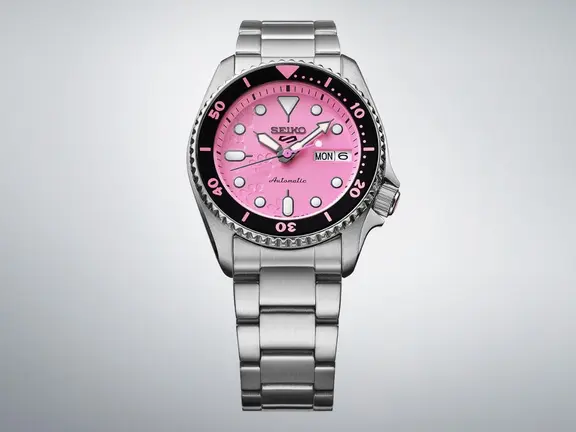

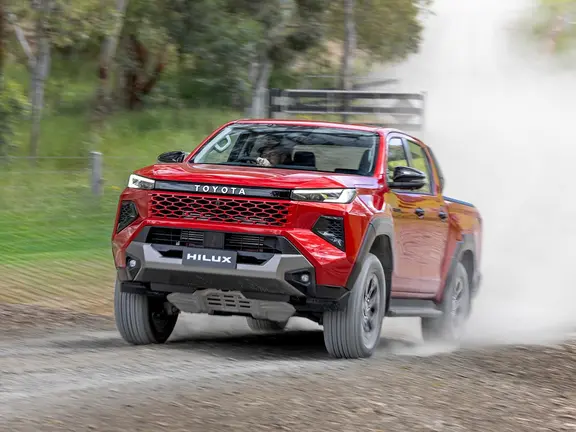



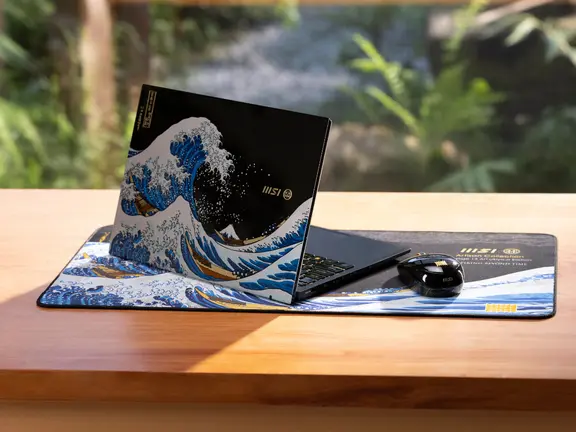


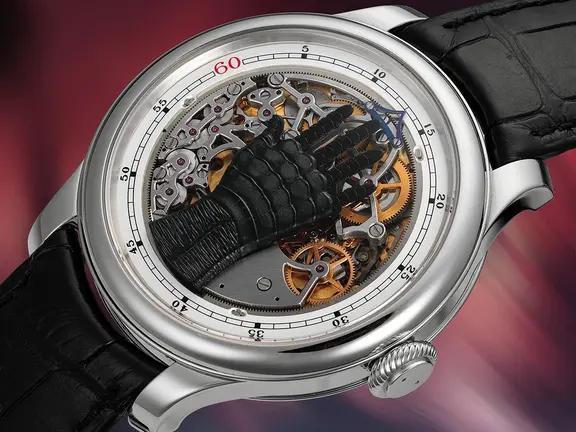











Comments
We love hearing from you. or to leave a comment.